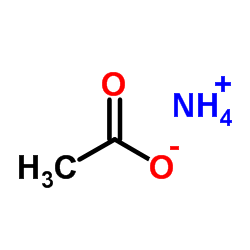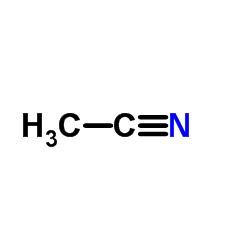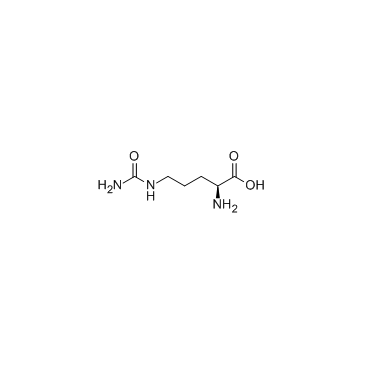| Structure | Name/CAS No. | Articles |
|---|---|---|
 |
Formic Acid
CAS:64-18-6 |
|
 |
Ammonium acetate
CAS:631-61-8 |
|
 |
Acetonitrile
CAS:75-05-8 |
|
 |
Retinoic acid
CAS:302-79-4 |
|
 |
L-Citruline
CAS:372-75-8 |
|
 |
DL-Arginine
CAS:7200-25-1 |